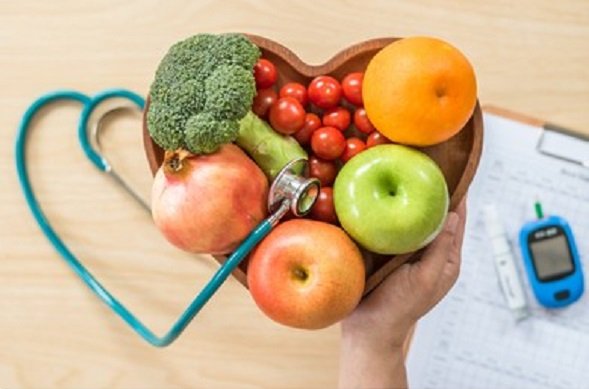Inside BENEO’s new pulse plant: pioneering sustainable protein from faba beans
Malnutrition may result in potential GDP losses of 2-3 per cent
Noting that the dietary imbalance is a major factor behind the rising number of non-communicable diseases (NCDs) in children and adults alike, experts at the second edition of mega Bharat Nutrition Week conclave, organised by the Integrated Health and Wellbeing (IHW) Council recently, concurred that an integrated approach for awareness building and addressing availability, accessibility and affordability of food will play a critical role in making India nourished and healthy.
“There are three main aspects of the nutrition problem in India – malnutrition, hidden hunger, and diet-related non-communicable disease (NCD). India has 47 million children who suffer from stunting – this is one-third of the global burden. India is only second to China in diabetes, and if no preventive action is taken, we may soon beat China. The government runs an NCD control programme in 100 districts across the country, but that needs to be extended throughout,” says Dr A Laxmaiah, Head, Public Health Nutrition, National Institute of Nutrition-ICMR.
“The nutrition dichotomy in India is telling and the results can be very alarming. Some estimates show malnutrition may result in potential GDP losses of 2-3 per cent and can potentially reduce the lifetime earnings for each malnourished individual by over 10 per cent. This second edition of Bharat Nutrition Week will try to bridge the gaps so that we can tread on the path of Poshan-yukt Bharat,” says Kamal Narayan, CEO, Integrated Health and Wellbeing (IHW) Council.
The 2nd edition of Bharat Nutrition Week will continue to bring together experts, policy makers and government representatives, and entrepreneurs till September 7, 2021 to address the critical issues of bridging the nutrition gap caused by the pandemic, especially in the lower socio-economic groups, pregnant and lactating women, infants, and adolescents.

